TS
boleroes11
Bomber Xian H-6 (China)
Bomber Xian H-6 (China)
November 27, 2014
It is known that with timely repair and modernization of aircraft equipment can be operated for a long time. In addition, prolonged use of a particular technology facilitates the use of the existing potential of the modernization and development of new modifications. A striking example of this is the Soviet Tu-16. This aircraft was built in the early fifties and has completed his service in 1993 alone. Even more interesting example is the Chinese bomber Xian H-6, and a copy of the development of the Tu-16. The first H-6 was built in the late sixties, but the planes of this type are still the basis of long-range aviation Chinese Air Force.
The beginning of the history of aircraft H-6 may be considered in September 1957, when Beijing has purchased a license for the construction of the Soviet Tu-16. In the 59th China received two reference plane, one bomber exploded view and one assembly kit. The assembly of the first aircraft to Chinese enterprises took a little over two months. September 27, 1957 the first Tu-16 Chinese assembly rose into the air. In Chinese documents license Tu-16 was designated as H-6.
Deterioration of Sino-Soviet relations, which began in the late fifties, impact on the future fate of many projects. In particular, China has lost the ability to use the Soviet experience in the aircraft industry. However, the PLA Air Force needed a modern long-range bombers. In the early sixties designers organization Xian Aircraft Company (XAC) were instructed to review the available documentation on the Soviet Tu-16 and develop a project that would build a similar technique on their own.
Approximately 1964 employees XAC began preparations for the construction of the first aircraft of the new model, called H-6A. In fact, the new Chinese bomber was a slightly modified version of the Tu-16, based entirely on Chinese-made components. Thus, due to the inability of the Soviet purchases of engines to China had to start producing its own jet engines Xian WP8. These engines are versions of the Soviet RD-3M, used in the Tu-16. Similarly, the case with the other nodes and aggregates.
The first H-6A, built using only Chinese parts, took off at the end of December 1968. Soon began serial production of a new type of bombers. Accurate information about his missing volumes. According to various estimates, up to the middle or end of the seventies the company XAC has built at least 150-200 aircraft of the new model. Much of this technology in the future repeatedly being upgraded and is still used by the air forces of China.
In view of the specific "origin" Chinese bomber H-6A in their characteristics do not differ much from the Soviet prototype. It had an overall length of 34.8 m, a wing span of 34.2 m and an area of 167.55 square meters. m. Empty weight was 38.5 tons, the normal take-off - 72 m. The maximum takeoff weight reached 75.8 tons. Fuel tanks placed in the wing and fuselage, seats up to 33 tonnes of kerosene. Two turbojet engine WP8 thrust of 93.1 kN bomber provide a maximum speed of 990 km / h and a cruising at 785 km / h. Service ceiling is 12 km range - up to 4300 km. Combat radius of no more than 1800 kilometers.
Bomber crew Xian H-6A consisted of six people. For self-defense aircraft had seven automatic guns Type 23-1 23 mm. They are placed in pairs on a remotely controlled turret on the top and bottom of the fuselage and the tail. In addition, there was one exchange rate cannon mounted in the nose. The first modification of the H-6 bomber could only carry bomb armament. Normal load is 3000 kg, maximum - 9000 kg. Initially armed bombers consisted only of svobodnopadayuschie conventional bombs. In the future, H-6A become carriers of nuclear bombs.
The similarity of characteristics with the parameters of the basic Tu-16 was due to their similar technical appearance. H-6 fuselage had a large extension with two cabin crew (fore and aft), gruzootseke, fuel tanks and compartments for different equipment. On the fuselage sides were two nacelle characteristic curved shape which was dictated by the so-called area rule. The plane had swept wing fairing chassis mounted on the center section. In the rear there was a large fin and stabilizer mounted thereon.
Airplane Xian H-6A was a great by Chinese standards range, which, combined with the ability to use the bomb, allowed Chinese commanders to announce its strategic bomber. The emergence of new types of weapons, primarily guided missiles, allowed to keep such a classification of aircraft and appropriately modify its strategy to combat use.
Shortly after the bomber H-6A were created several of his specialized modifications. Thus, H-6B aircraft bomb instead of weapons equipped with aerial cameras for reconnaissance. Modification of H-6C is a basic H-6A with an updated set of electronic equipment. In particular, the use of modern means of electronic warfare uprated.
In the early eighties it became known on the completion of work on the new modification of the bomber. Plane H-6D was intended to equip the Naval Aviation of China and had to carry the appropriate weapon. On the H-6D was not installed a number of equipment peculiar to "land" bombers. However, they were equipped with two underwing racks for anti-ship missiles HY-2 and a number of equipment required for their application.
Antiship missile HY-2 represents another Chinese version of the Soviet product P-15 "Termite" with altered characteristics. Ammunition length 6.55 m with a starting weight of more than 2 tons could be delivered at a distance of up to 150 km warhead weighing 513 kg. In the initial part of the flight management missiles at the target was carried out using an inertial system, then there is the inclusion of an active radar homing.
The advent of long-range missile capable of destroying enemy ships at distances of 100-120 km a greatly increased the possibility of Naval Aviation of China. New aircraft H-6D could provide effective protection of the country from the coast of enemy ships.
Also in the eighties, China has established several other modifications of H-6 bomber. According to reports, at this time the production of new aircraft was discontinued as a result of new projects to re-equip existing bombers.
Modernization Project H-6E means installation on existing aircraft H-6A new avionics. Bombers kept the possibility of a conventional and nuclear weapons, as well as received a new radar, electronic warfare, new systems, communications and other equipment. Similarly, the project looked H-6F, developed in the late eighties. During the next repair and modernization of this project received a new aircraft navigation equipment based on inertial and satellite systems.
In the early nineties, new modification of H-6 bombers, who are allowed to use missile weapons. Aircraft H-6G and H-6H received underwing holders for cruise missiles. In this gruzootseke in the fuselage was placed under a placement of equipment and extra fuel tanks. New modifications missile could carry missile missiles YJ-62 or C-301, as well as ammunition of class "air-to-ground» KD-88. Depending on the type of ammunition and its dimensions bomber can carry 2 missiles to 6-7.
In 2011, the PLA Air Force adopted a modification of the newest submarine H-6 - H-6K. This aircraft has a number of important differences from their predecessors. For the first time over a long period of time bomber H-6 family got new engines. As the power plant on the H-6K are two of the D-30KP-2 with a thrust of 118 kN. External differences from the previous machine planes are in the larger air intakes, as well as in the absence of the glass cockpit of the navigator in the bow, instead of which there is a large radome radar.
The use of new engines and avionics allowed to increase missile characteristics. According to reports, because of the greater automation of the crew reduced to 4 people. Combat radius increased to 3,000 km. The maximum payload weight is now 12 tons. Under the wing of H-6K bomber has six pylons for the suspension of cruise missiles CJ-10A. These products with turbojet engine capable of speeds of up to 1000 km / h and deliver nuclear or high-explosive fragmentation warhead to a distance of 2,500 km from the launch point.
According to reports, the end of the last decade, a number of families of bombers H-6 was converted in accordance with the project H-6K. The exact number of these machines is unknown. Moreover, China is in no hurry to disclose accurate information about the quality and quantity of its long-range aircraft. For this reason, we have to use very different assessments made on the basis of the available data. In the most common version, were constructed around two hundred bomber H-6 of all types. To date, the Chinese armed forces have no more than 100-120 cars. Of these, about 80 are operated Air Force and about 30 - Aviation naval forces.
Number of aircraft of a particular modification is not disclosed. Probably, most of the existing H-6 refers to the latest revision, able to carry different types of Missiles. Navy missile carriers should have the model H-6D or later technique, carrying anti-ship missiles. Earlier it was reported that during the conversion of existing equipment in the aircraft type H-6K new equipment and weapons will receive about 20 cars. Official confirmation of this was not.
Up to a certain time in the PLA Air Force refueling tankers absent, capable of increasing the combat radius of combat vehicles. Geographical proximity to the main potential adversaries allow the use of the technique with existing airfields without additional refueling in flight. However, the strategy has changed over time, so that the Air Force needed refueling.
As a basis for the new technology was selected existing H-6 bomber, whose characteristics allow "serve" the current and future front-line aircraft. Development of air tankers H-6U (alternative designation HY-6) was started in the late eighties. In the early nineties, a new technique has become to enter the army. Soviet Tu-16 equipped with refueling system based on a "wing to wing." Tanker was discharged from the wingtips hose that connects to the connector on the wing of the aircraft refueled. This method was too complicated and not suitable for the requirements of the Chinese Air Force. For this reason, the tanker H-6U received refueling system of the "hose-cone".
Under the wing of the tanker H-6U, there are two petrol units RDC-1. Each of them has a hose a few tens of meters with a cone at the end, as well as the mechanism of release. Charging procedure is as follows: tanker aircraft manufactures hose, then refillable aircraft must get into the cone toplivopriemnikom. Next there is a transfer of fuel and uncoupling. From its own wing and fuselage tanks and containers in gruzootseke H-6U can carry up to 18.5 tons of fuel. Thus, during one flight he can fill up to 3-4, depending on the aircraft type.
In planes H-6U 12 bombers were converted H-6 previous versions. This technique was admitted to the part of the Air Force. To equip naval aviation was created tanker modification HY-6D, which became the basis for the bomber H-6D. This approach to the production of new equipment to a certain extent simplified joint operation bombers and tankers. Navy needs is limited to only six air tankers.
Aircraft of H-6 bombers were the main China for several decades. In addition, these machines are interested in several foreign countries. In the mid-seventies, Egypt wished to order a certain number of aircraft in addition to the existing Soviet Tu-16 production. The export version of H-6 was designated B-6. Egyptian Tu-16 and B-6 in operation until the end of the nineties. The last of these bombers worn out and was decommissioned in 2000.
In the eighties the same order came from Iraq. Official Baghdad decided to buy four H-6D (export name B-6D) with anti-ship missiles, in addition to available to the eight Tu-16. These aircraft were to be used to protect the coast from enemy ships. Nevertheless, all four B-6D were destroyed in 1991 during the Gulf War. All Iraqi fleet of Tu-16 was "finished off" in 2003.
Several years ago, China has completed the creation of another modification of long-range bomber H-6. Aircraft H-6K in a relatively small number will continue to serve in the coming years. What will be the future of China's long-range aviation, we can not say for sure. Over recent years, appearing regularly rumors about the development of a new strategic bomber, which will replace the existing H-6, but so far they have not received any confirmation. It is possible that Chinese experts are already working on a new long-range bomber, which in the future will replace the deprecated physically and mentally H-6. Nevertheless, one can not exclude a scenario in which the company Xian Aircraft Company Aircraft or other organization in China is working to create another modification deserved "the old man» H-6. It should be remembered that the bombers H-6 family for a long time out of production and technology of new modifications created by retrofitting existing machines. Any equipment can not be exploited endlessly, and modernizing potential has its end. Exactly when the Chinese military will decide that H-6 bombers should be replaced by new aircraft - time will tell.
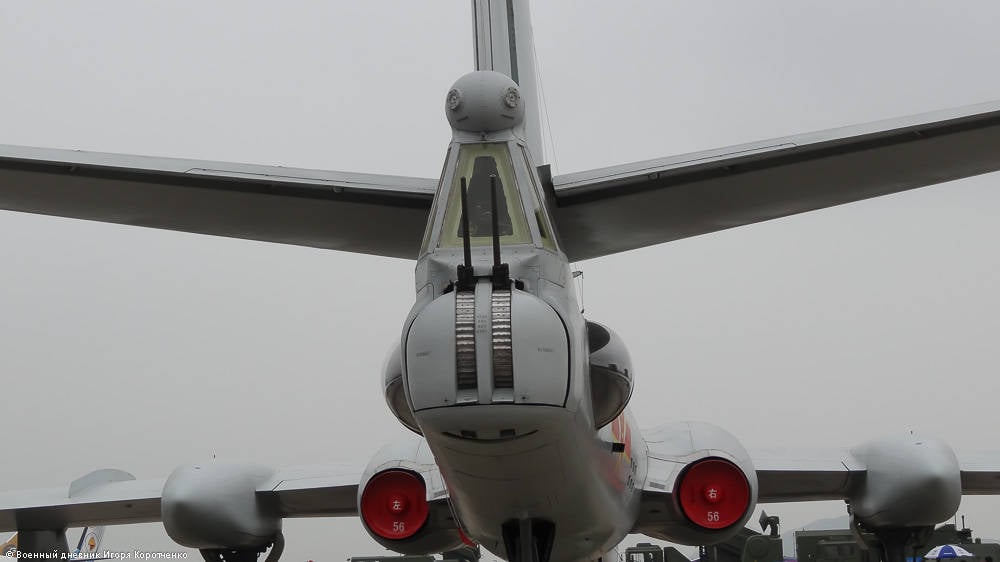
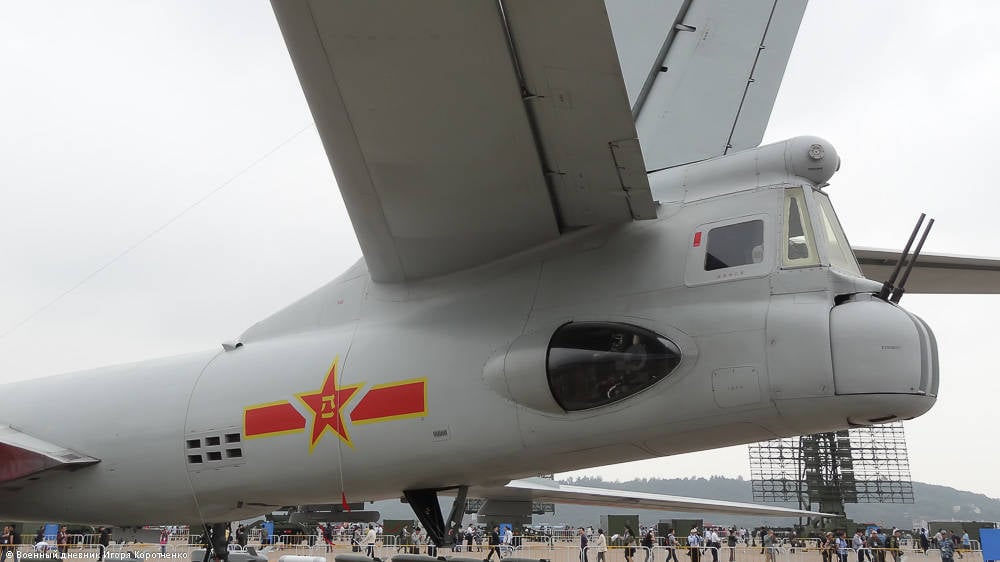

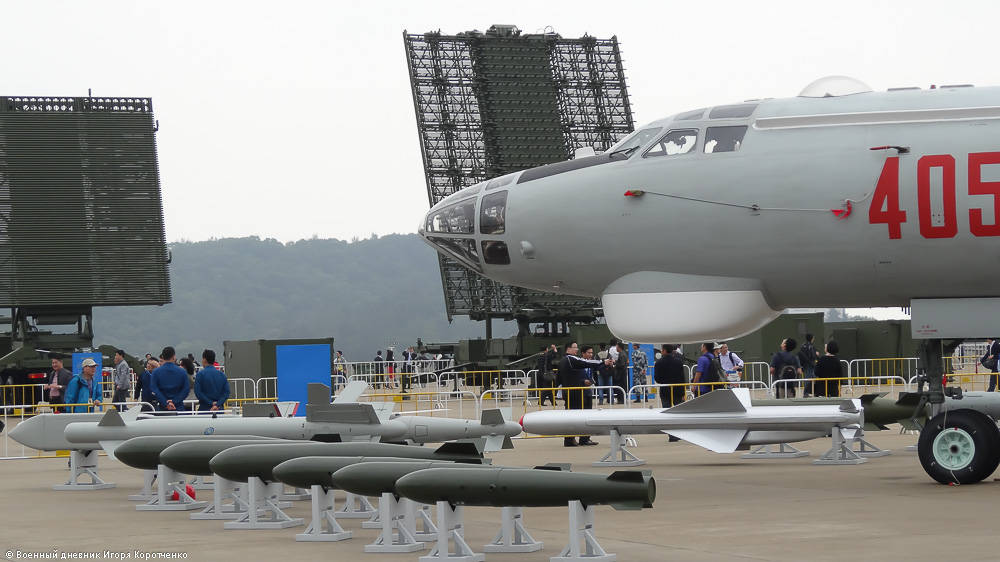
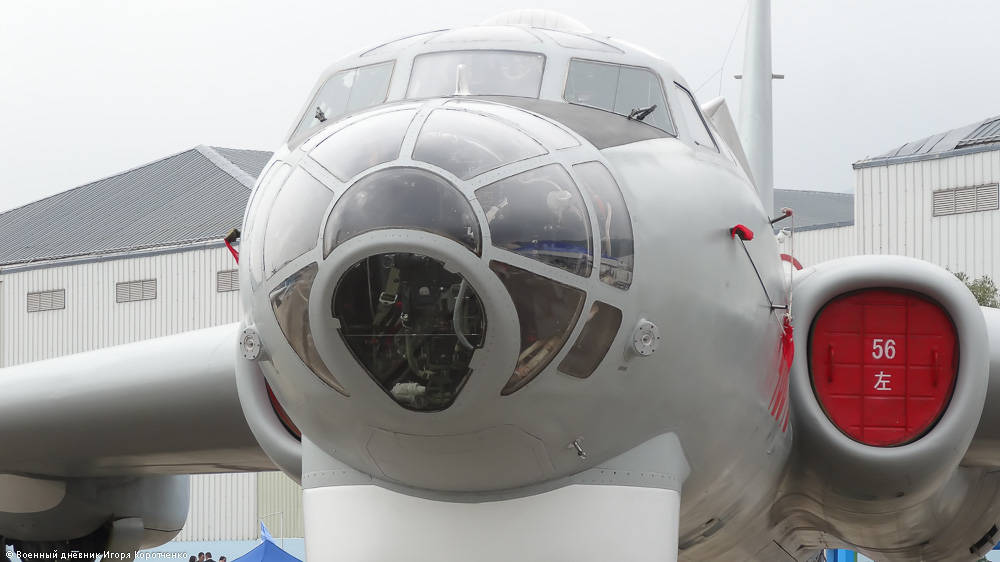
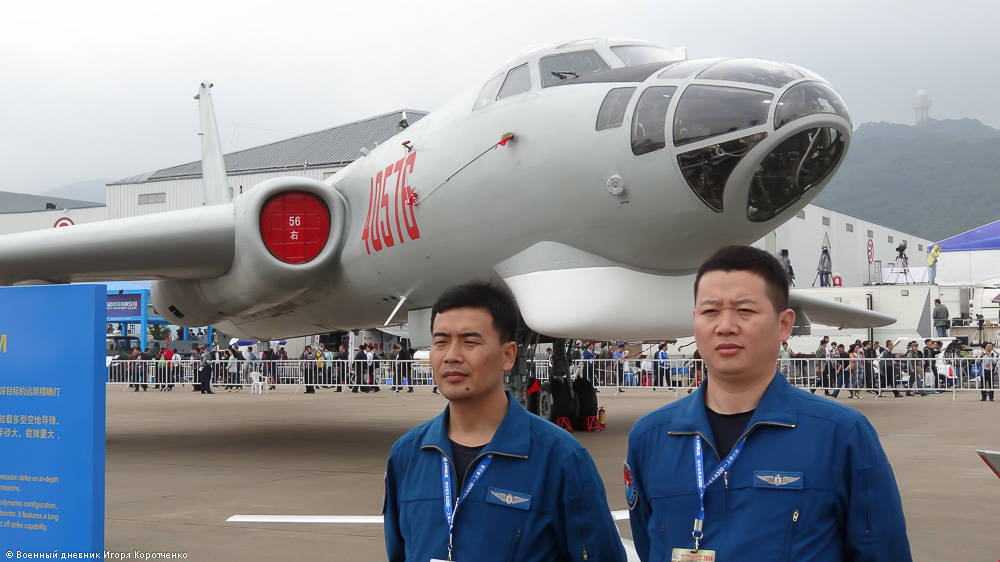
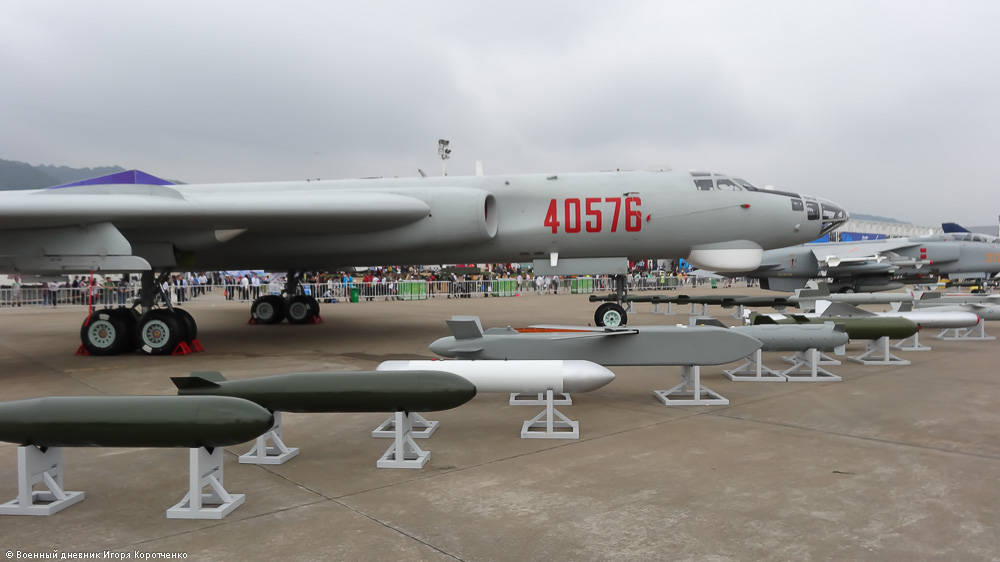

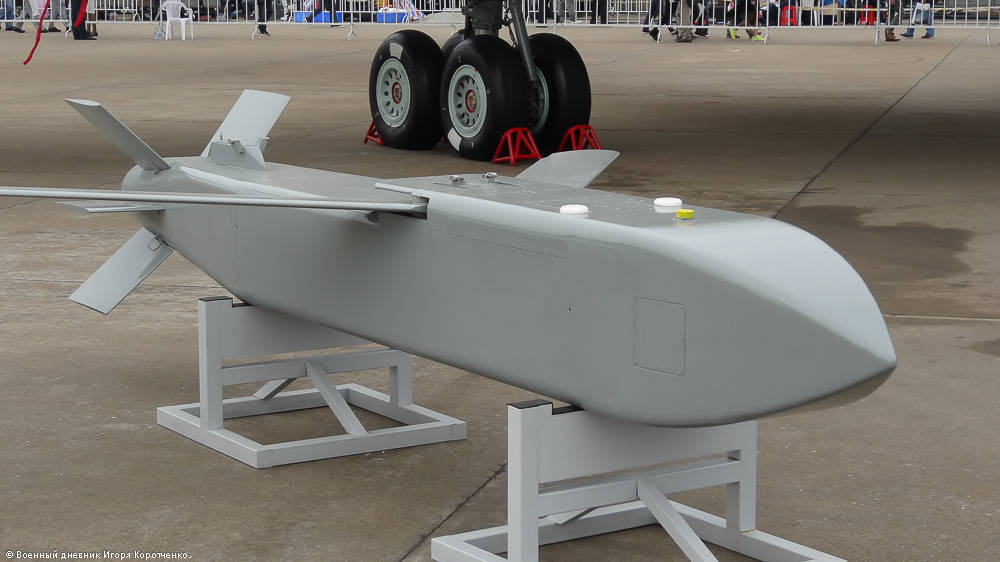
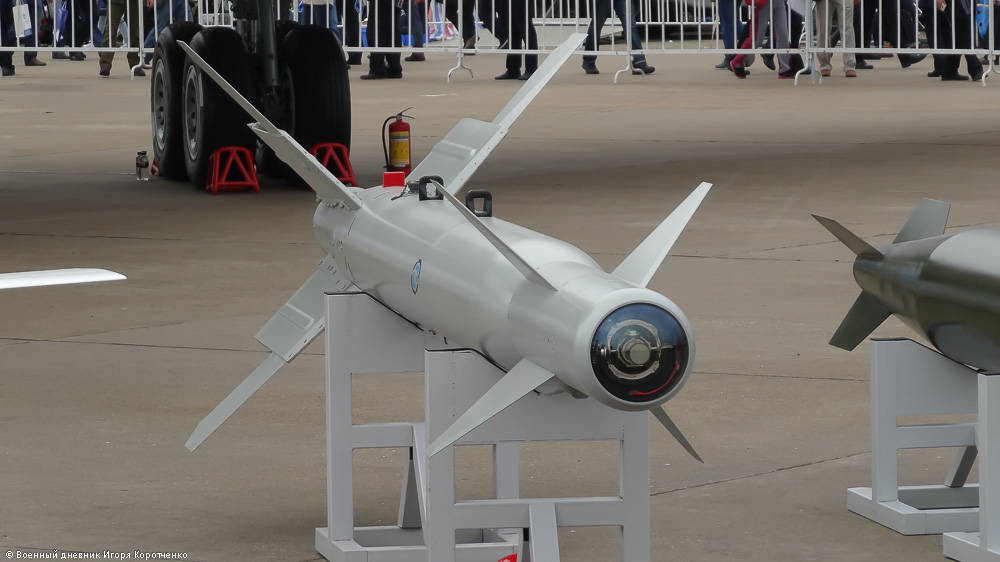
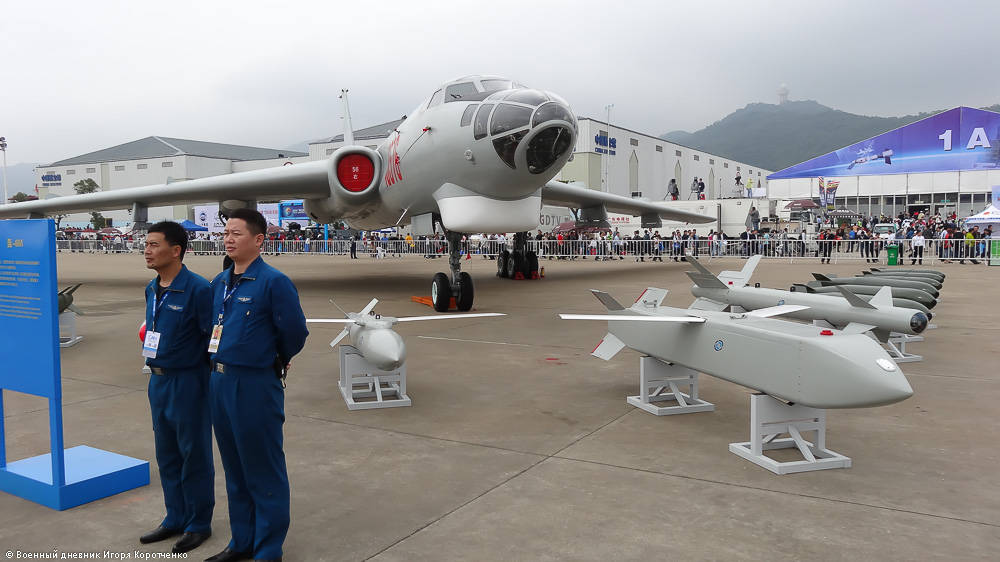
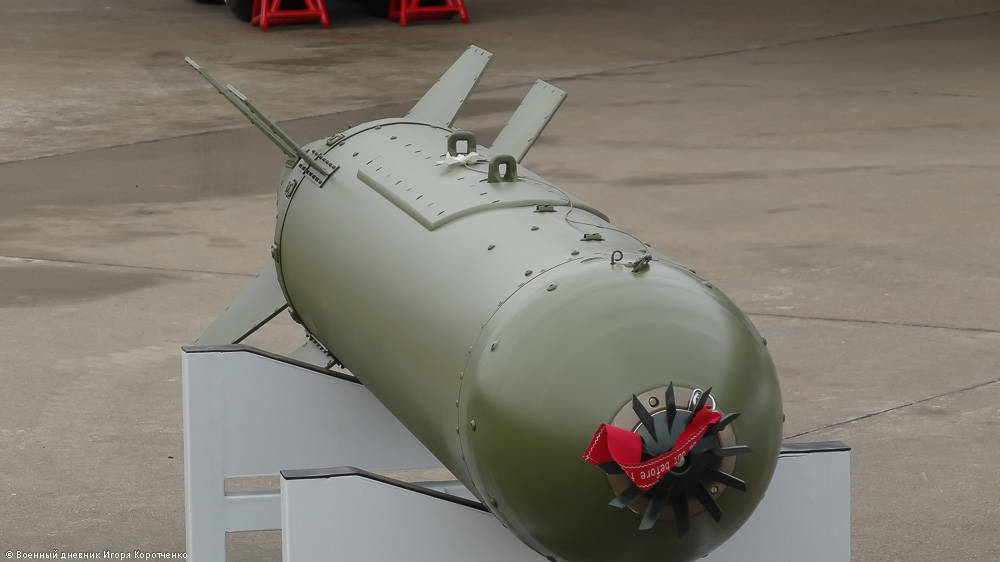



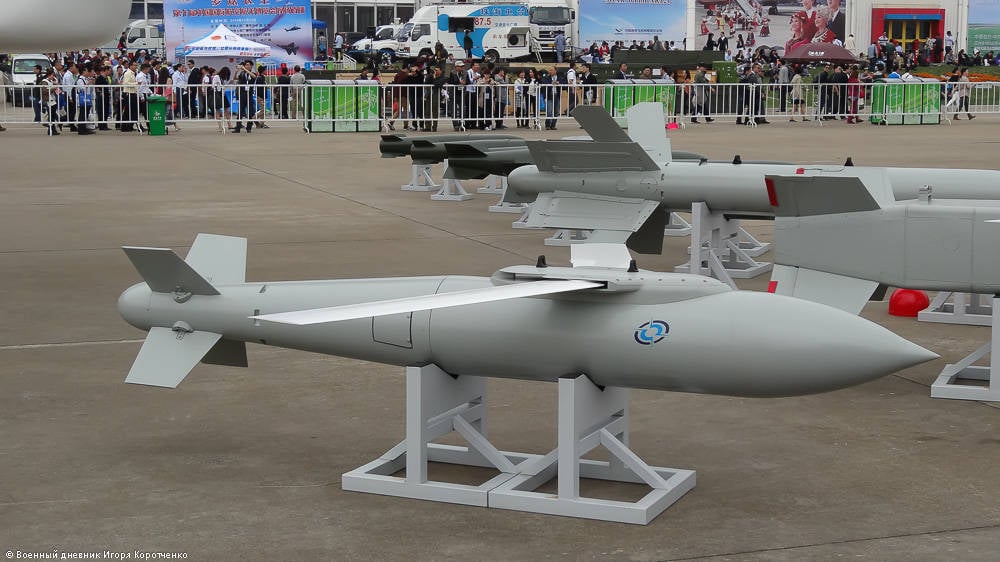
Sumbernya;
http://militaryfactory.com/
http://sinodefence.com/
http://airforceworld.com/
http://ausairpower.net/
http://arms-expo.ru/
http://airwar.ru/
http://globalsecurity.org/
http://aviadejavu.ru
========================
Pesawat pembon yg pernah memperkuat TNI - AU jaman doloooo kala.
Ternyata oleh Tiongkok tetap dapat di operasikan dengan segambreng senjata dan bomb yg aduhai.,............
Byuh, byuh, byuh, edan tenan .!!!!
0
9K
15
Thread Digembok
Mari bergabung, dapatkan informasi dan teman baru!
Militer
20.1KThread•8KAnggota
Urutkan
Terlama
Thread Digembok